How to Stop Food Aggression Towards other Dogs
How to Stop Food Aggression Towards other Dogs
Introduction:
As dog owners, it’s crucial for us to address and understand food aggression, a common behavioral issue that can arise between dogs. Food aggression refers to a dog’s protective or possessive behavior towards its food, which can lead to aggressive displays, growling, or even biting. In this comprehensive guide, we will delve into the causes of food aggression and provide practical tips on how to prevent and manage this behavior. By following these strategies, you can foster a harmonious environment for your furry friends and ensure their safety during mealtime.
Understanding Food Aggression in Dogs
Food aggression in dogs stems from natural instincts rooted in their ancestry. Wild canines had to compete for resources, including food, to survive. This instinct can manifest in domesticated dogs, especially if they have had previous negative experiences around food. Food aggression can occur among any breed or age group, and it is important to address it promptly to prevent potential harm to both dogs and humans.
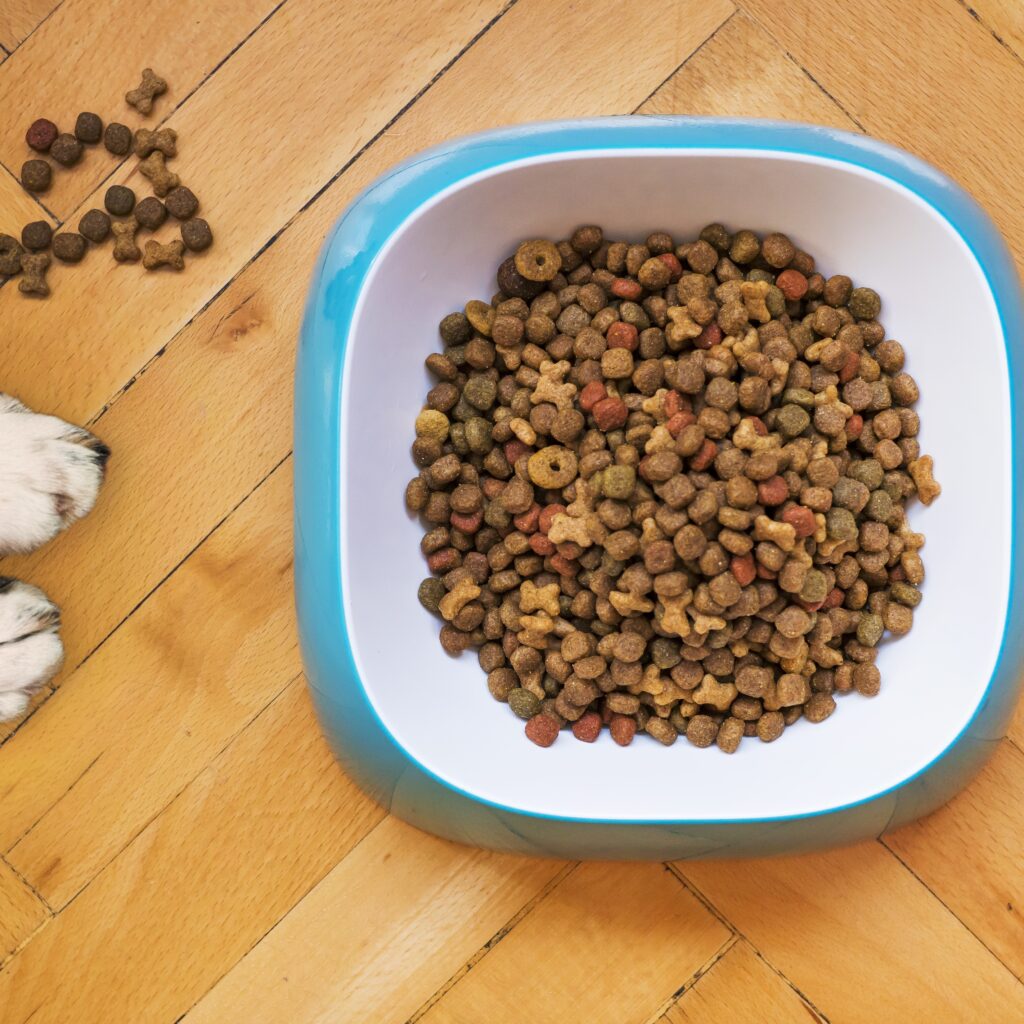
Identifying Food Aggression in Your Dogs
To effectively tackle food aggression, it is crucial to recognize the signs exhibited by your dogs. Common indicators of food aggression include growling, snapping, biting, stiff body language, or guarding behavior around food bowls. It’s important to note that these behaviors can be directed towards other dogs or humans, and they should not be ignored or dismissed.

Creating a Safe Feeding Environment
To prevent food aggression, it’s essential to establish a safe and controlled feeding environment for your dogs. Start by feeding your dogs in separate areas to minimize competition. Provide each dog with their designated feeding space, ensuring enough distance between them. This separation will help alleviate any perceived threat and reduce the chances of confrontations.
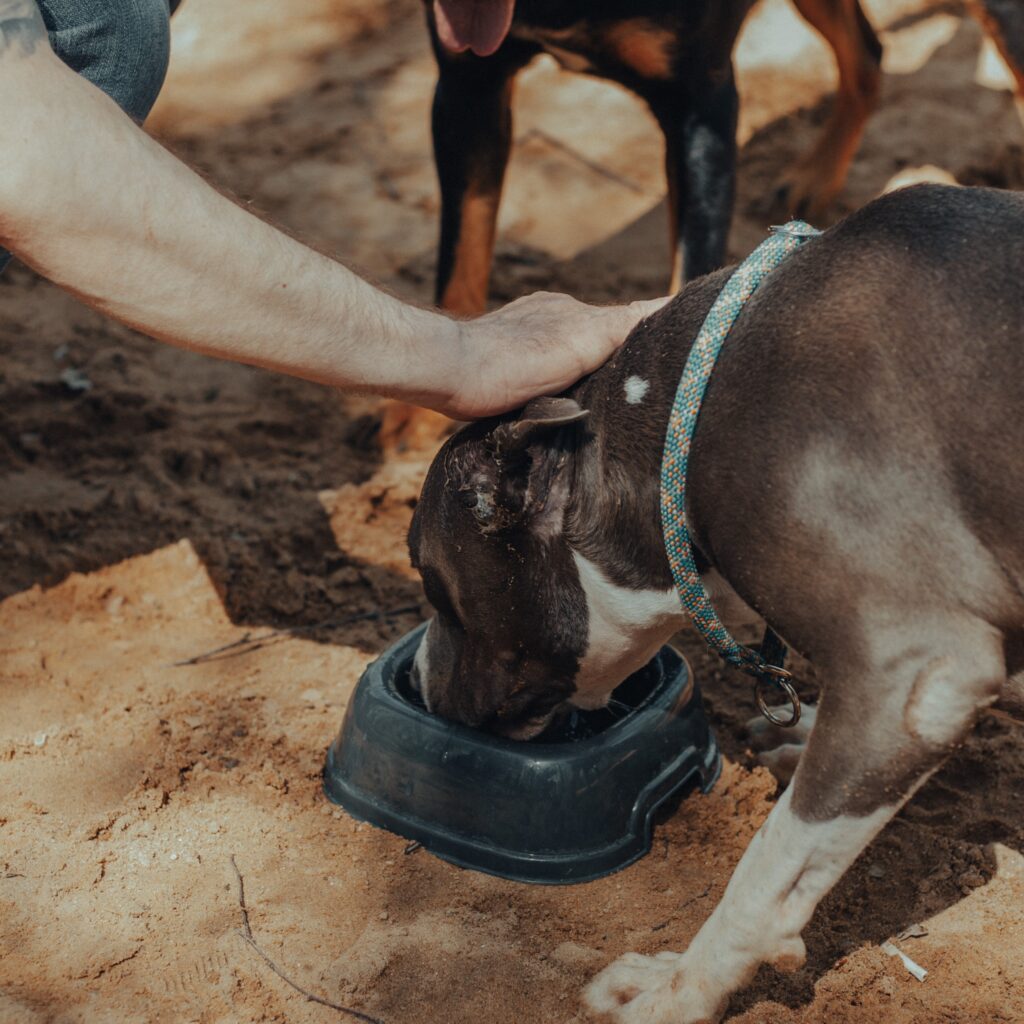
Implementing a Consistent Feeding Schedule
Maintaining a consistent feeding schedule is paramount in preventing food aggression. Dogs thrive on routine, and knowing when to expect their meals helps reduce anxiety and tension. By establishing a regular feeding schedule, you can eliminate any potential triggers associated with mealtime and create a calmer environment for your dogs.
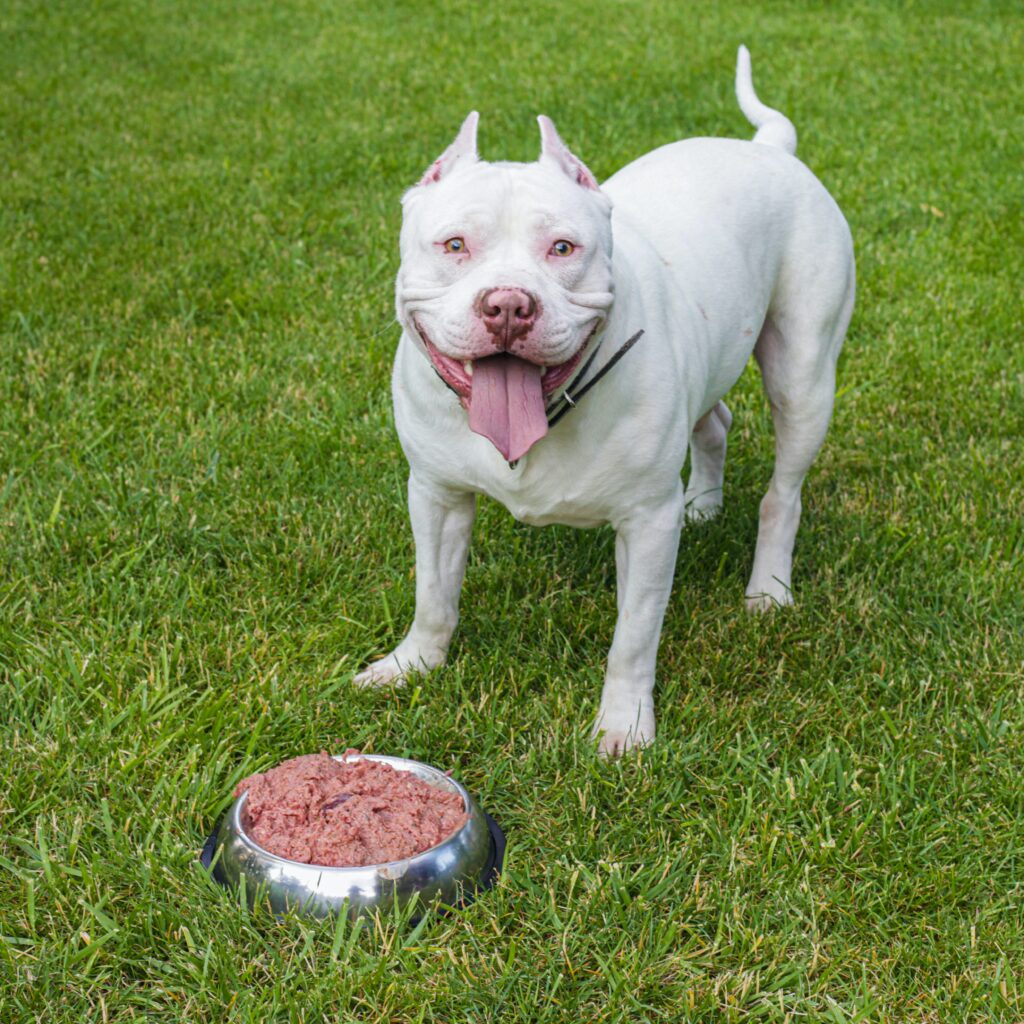
Practicing Positive Reinforcement
Positive reinforcement plays a vital role in modifying your dogs’ behavior and curbing food aggression. Reward your dogs with treats, praise, or gentle strokes when they display calm and non-aggressive behavior during feeding time. This positive association helps them understand that mealtime is a positive experience and encourages them to exhibit more desirable behavior.
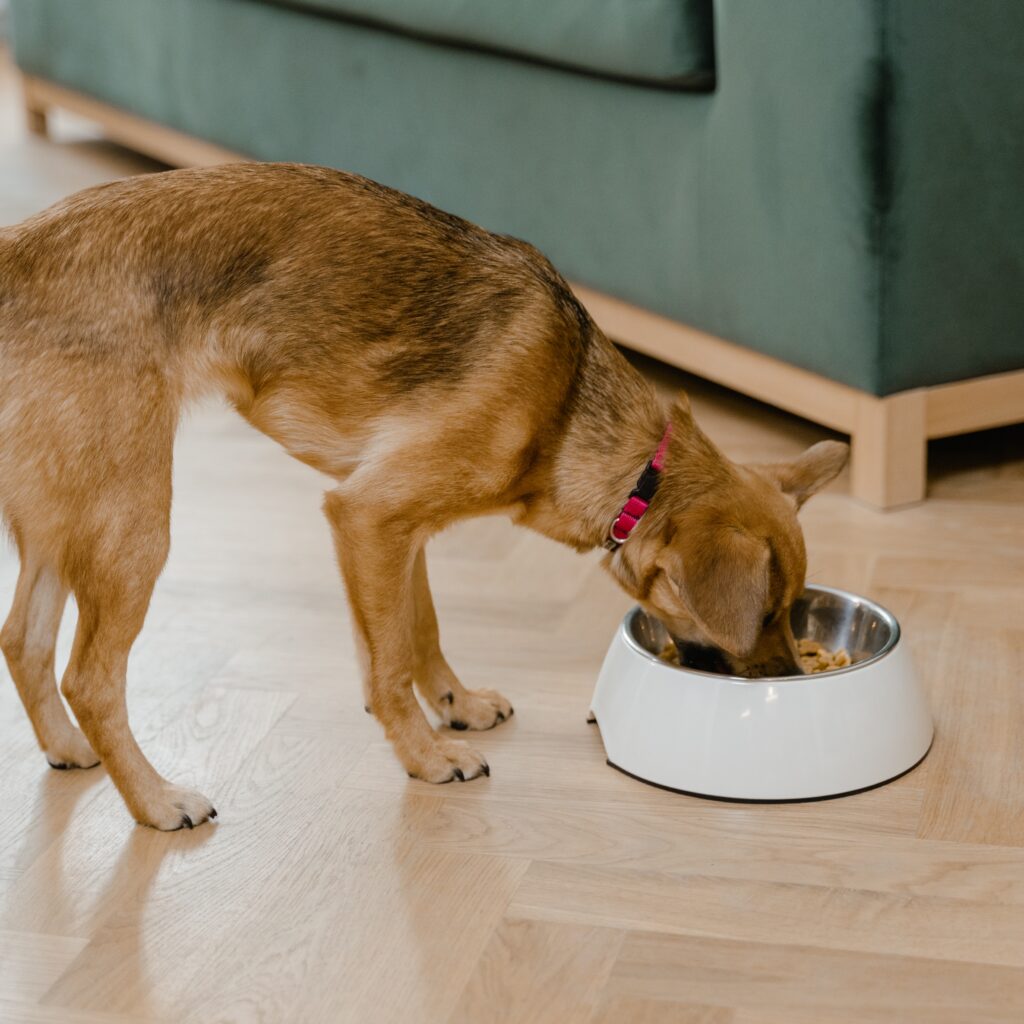
Gradual Food Introductions
If you have multiple dogs with food aggression issues, it is advisable to introduce new dogs to the household gradually. Initially, separate them during feeding times and gradually allow supervised interactions in a controlled environment. This gradual introduction helps foster positive associations between the dogs and reduces the chances of conflicts arising over food.
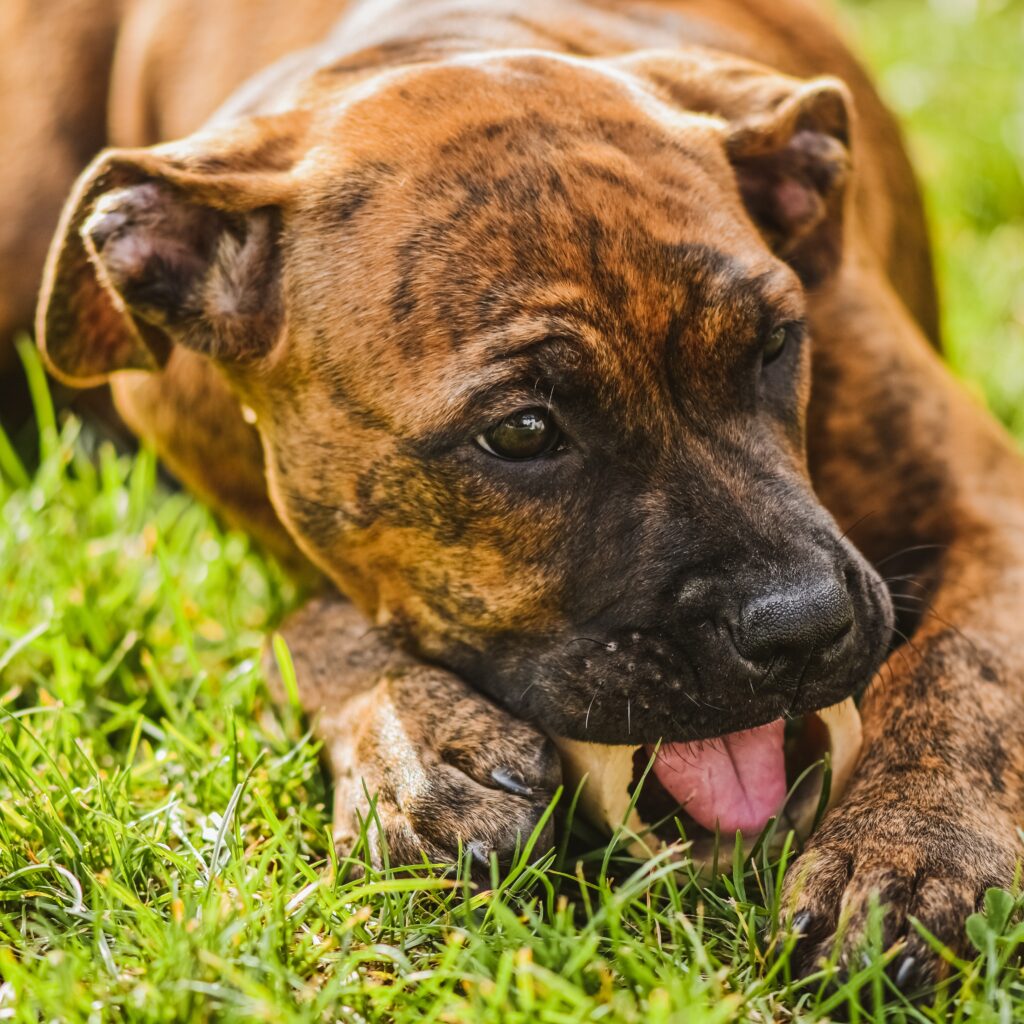
Professional Training and Behavioral Modification
In cases where food aggression persists or escalates, seeking professional assistance from a qualified dog trainer or behaviorist is highly recommended. These experts can provide customized training techniques and behavioral modification programs tailored to your dogs’ specific needs. Professional intervention can greatly aid in addressing complex food aggression issues and promote long-term behavior change.
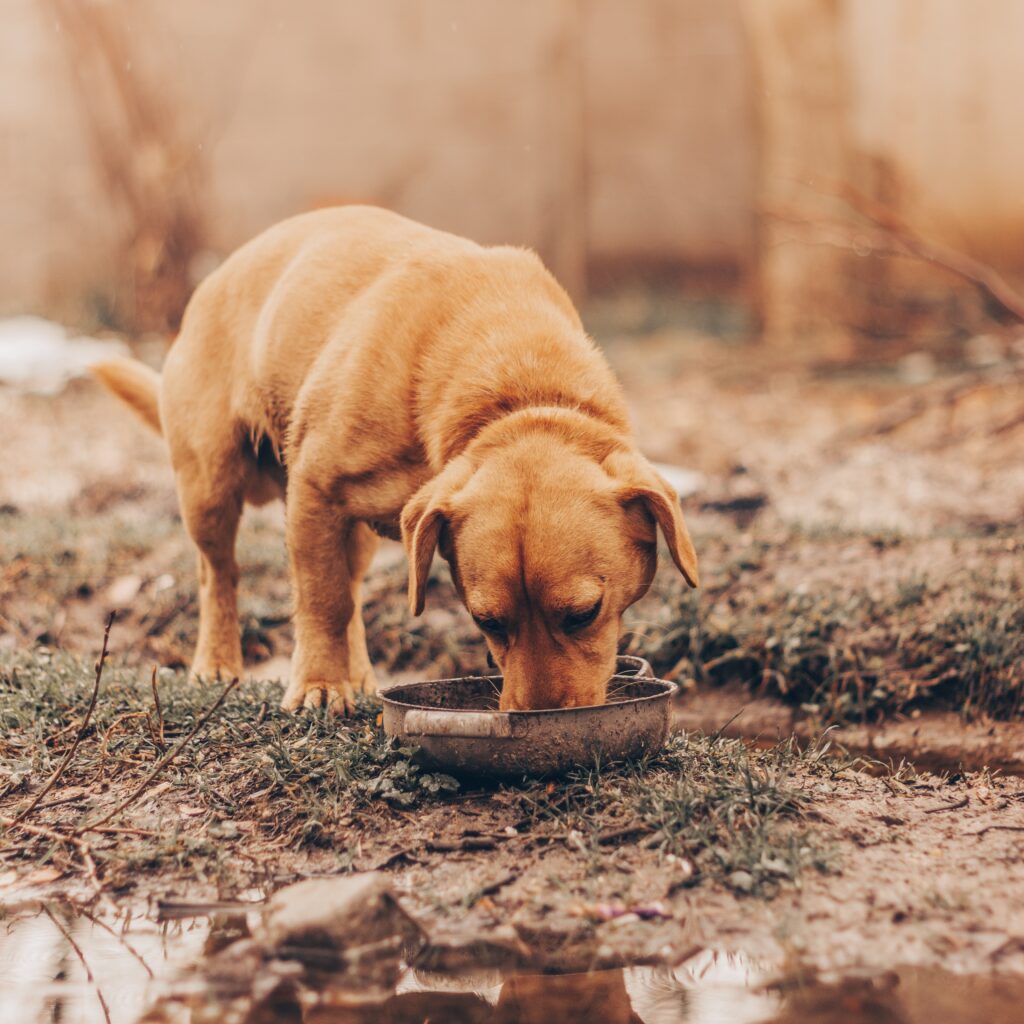
Avoiding Punishment
When dealing with food aggression, it is important to note that punishment is not an effective or humane solution. Punitive actions can worsen the aggression, increase fear, and damage the trust between you and your dogs. Instead, focus on positive reinforcement, consistent training, and creating a supportive environment to foster behavioral change.
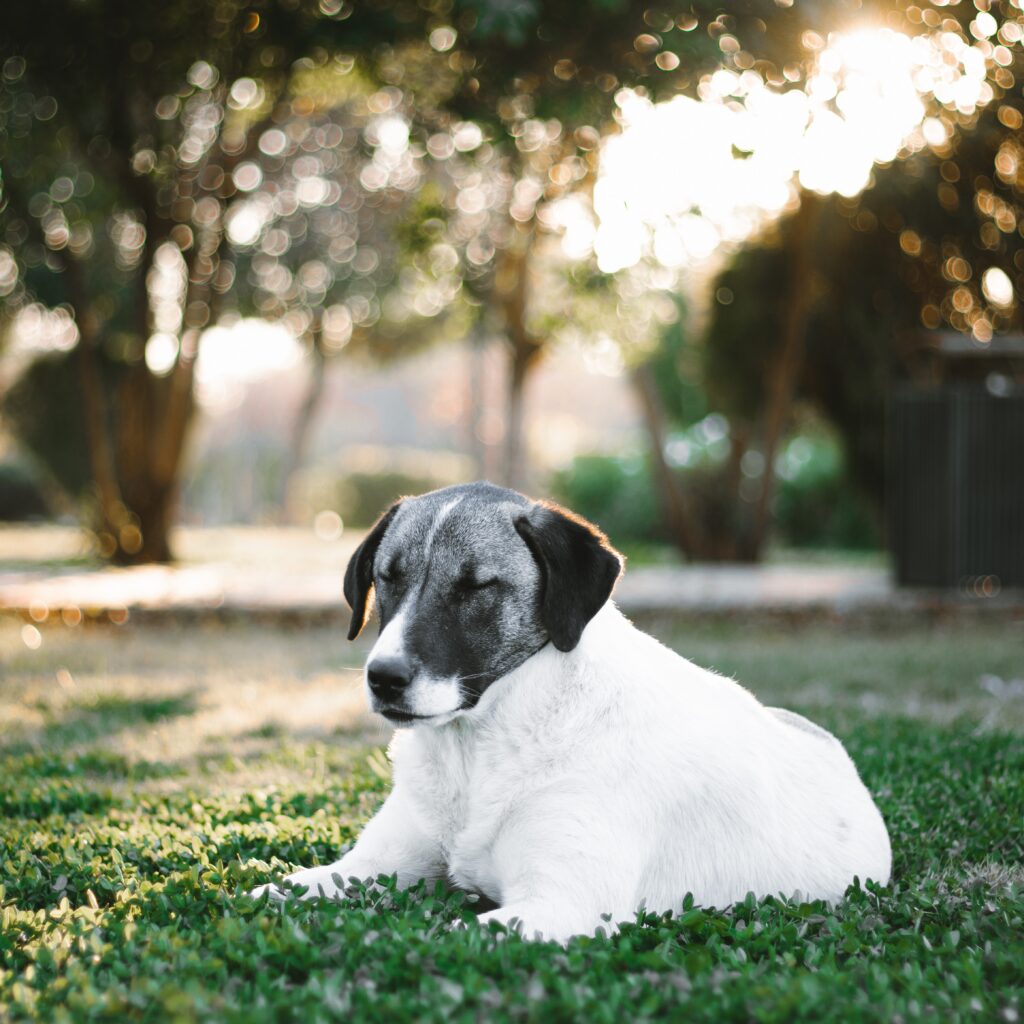
Consistency and Patience
In conclusion, addressing food aggression in our furry friends is no easy task, but with consistency ,patience, and perseverance, it can be achieved. Remember that behavior modification takes time, and it’s essential to remain committed to the process. By setting clear boundaries, providing positive reinforcement, and seeking the help of a professional trainer if necessary, you can help your pet overcome their food aggression. With dedication and a willingness to learn, you and your pet can develop a healthy and happy relationship around mealtime.

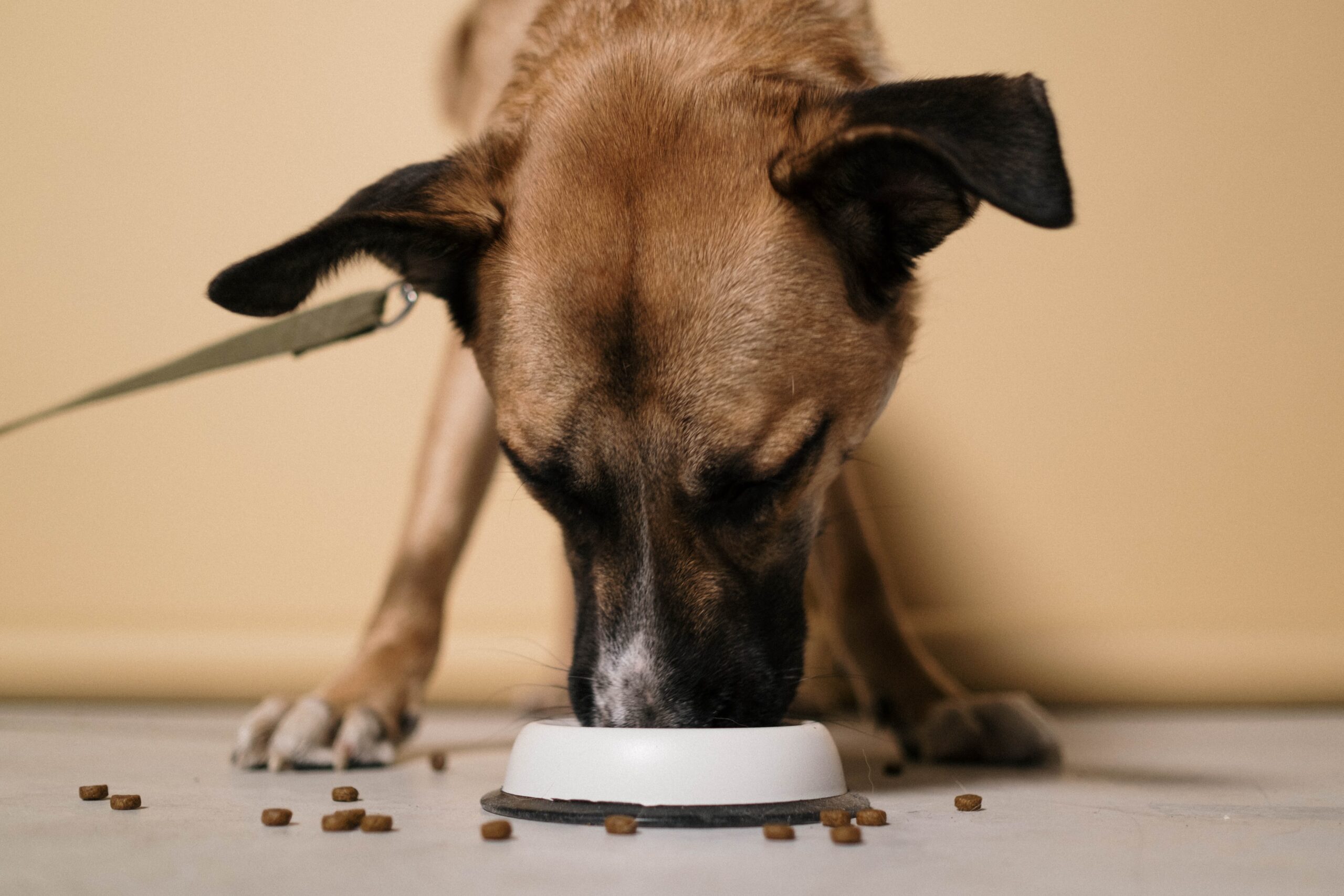
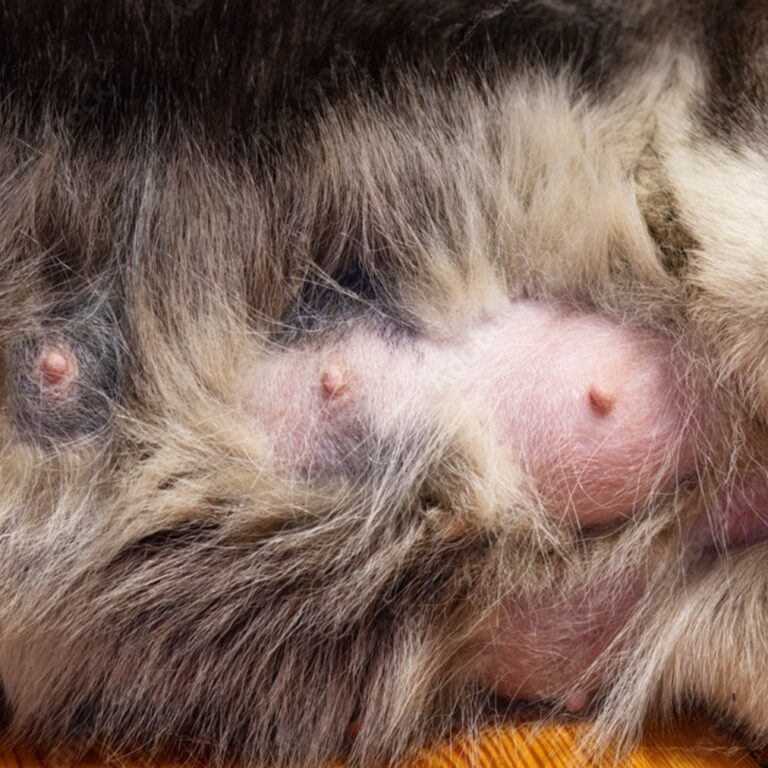
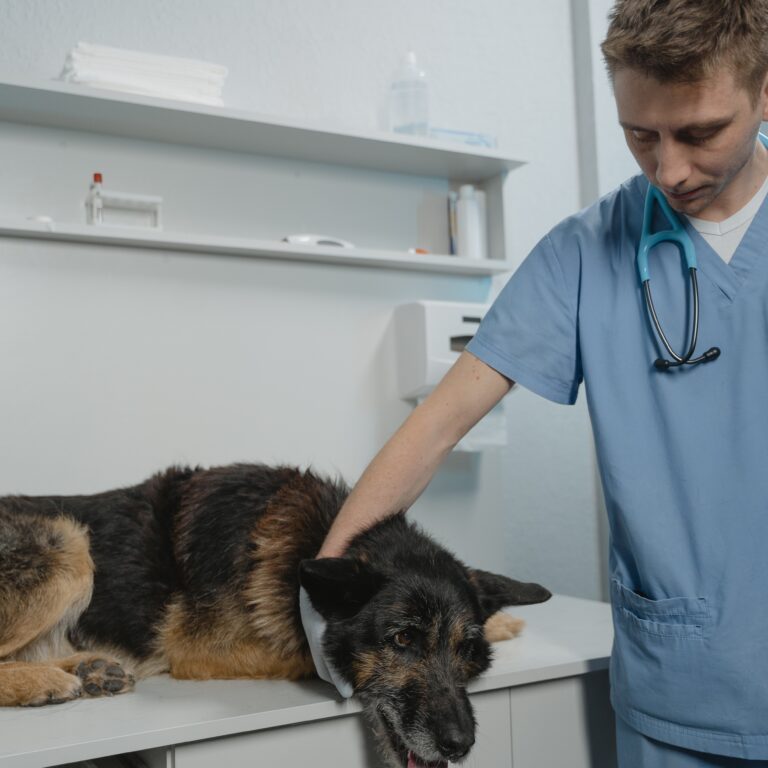
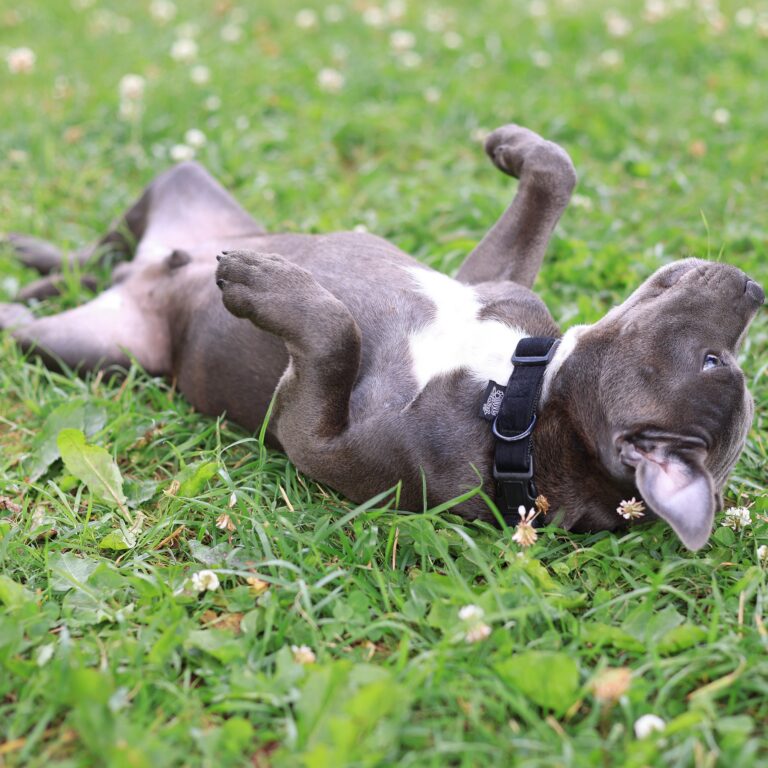

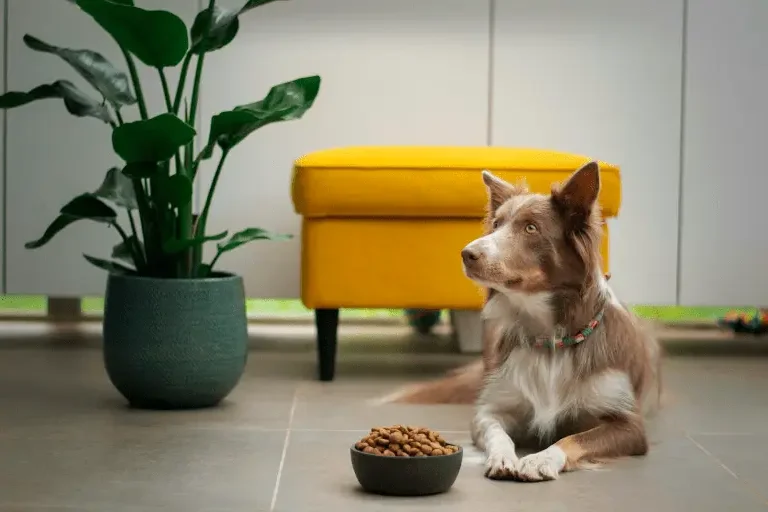

One Comment